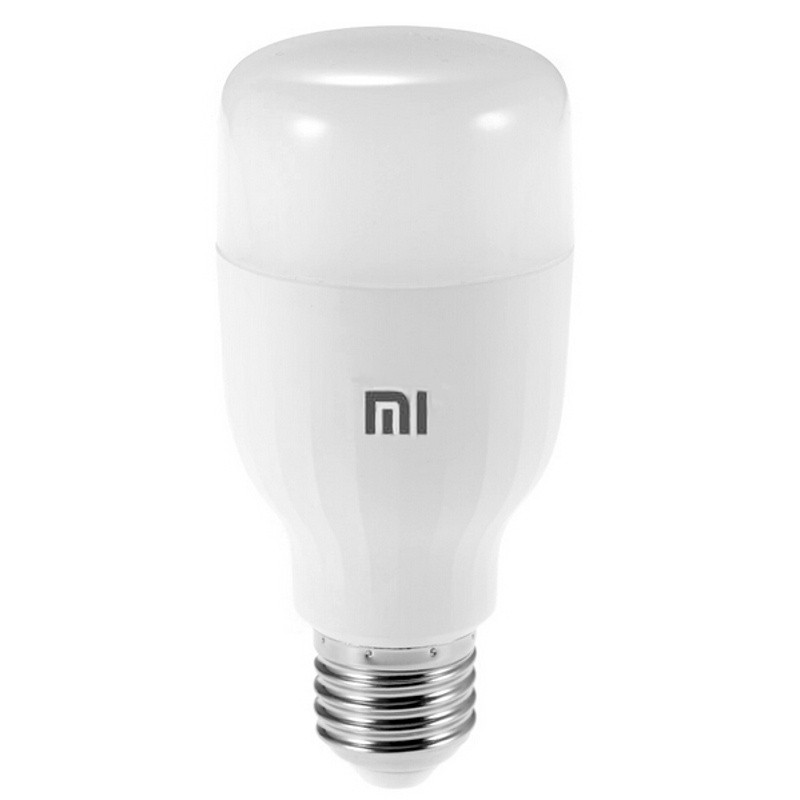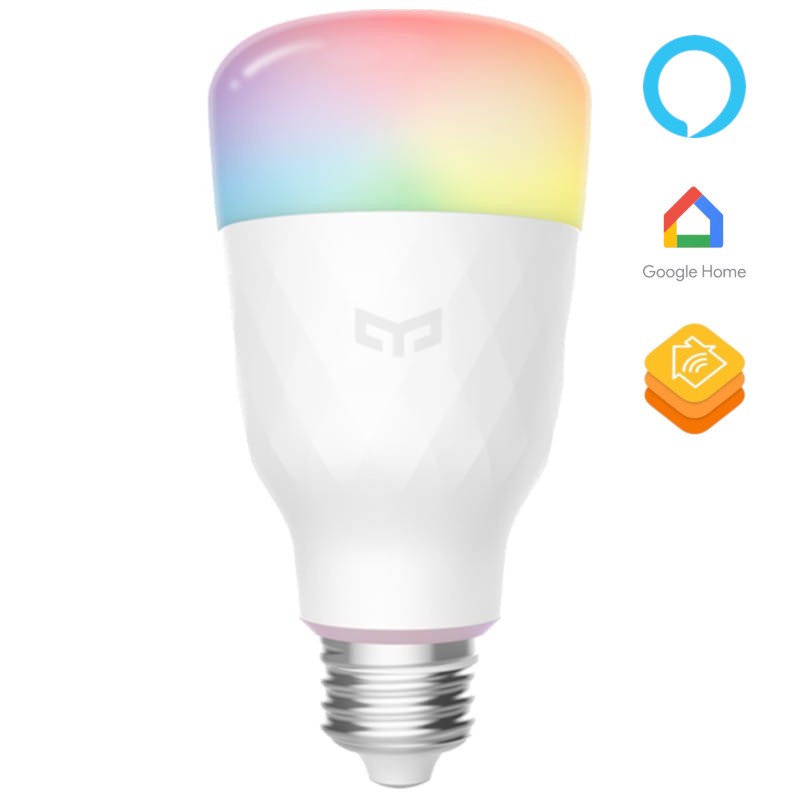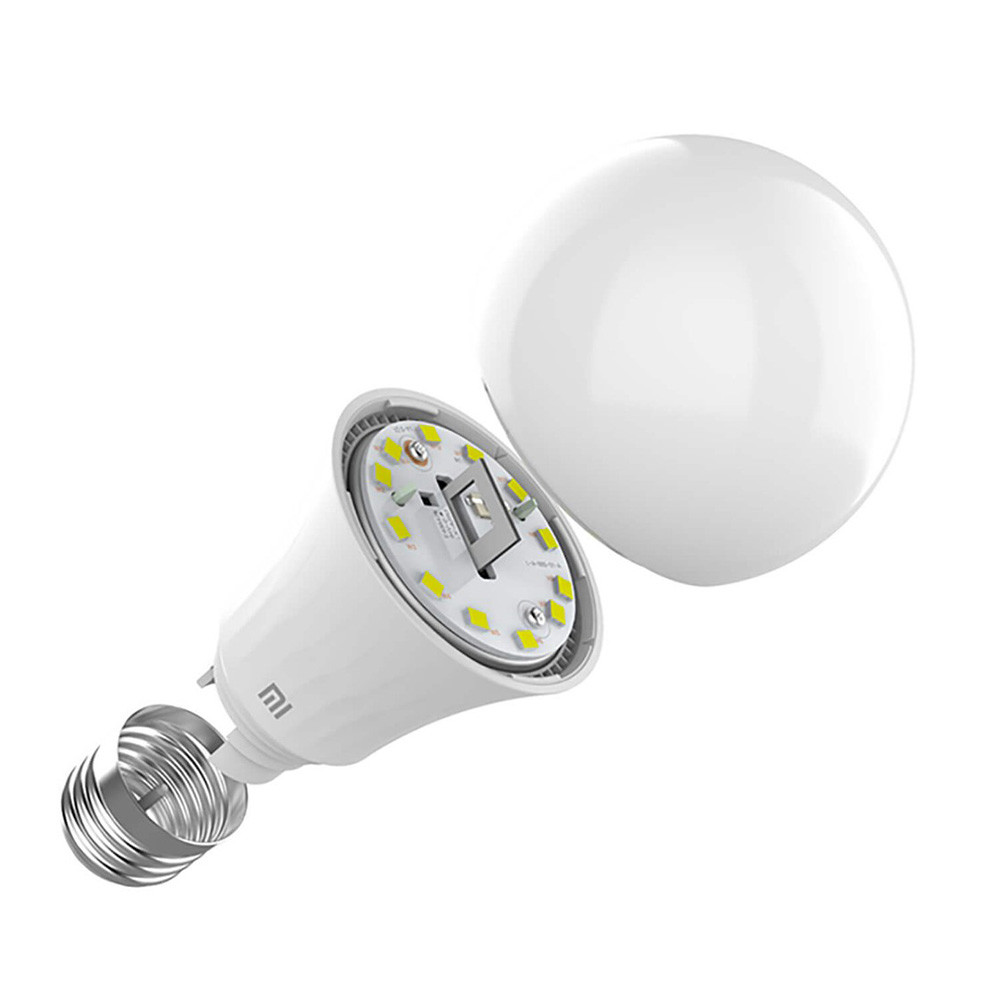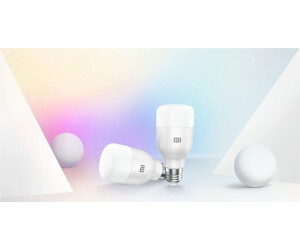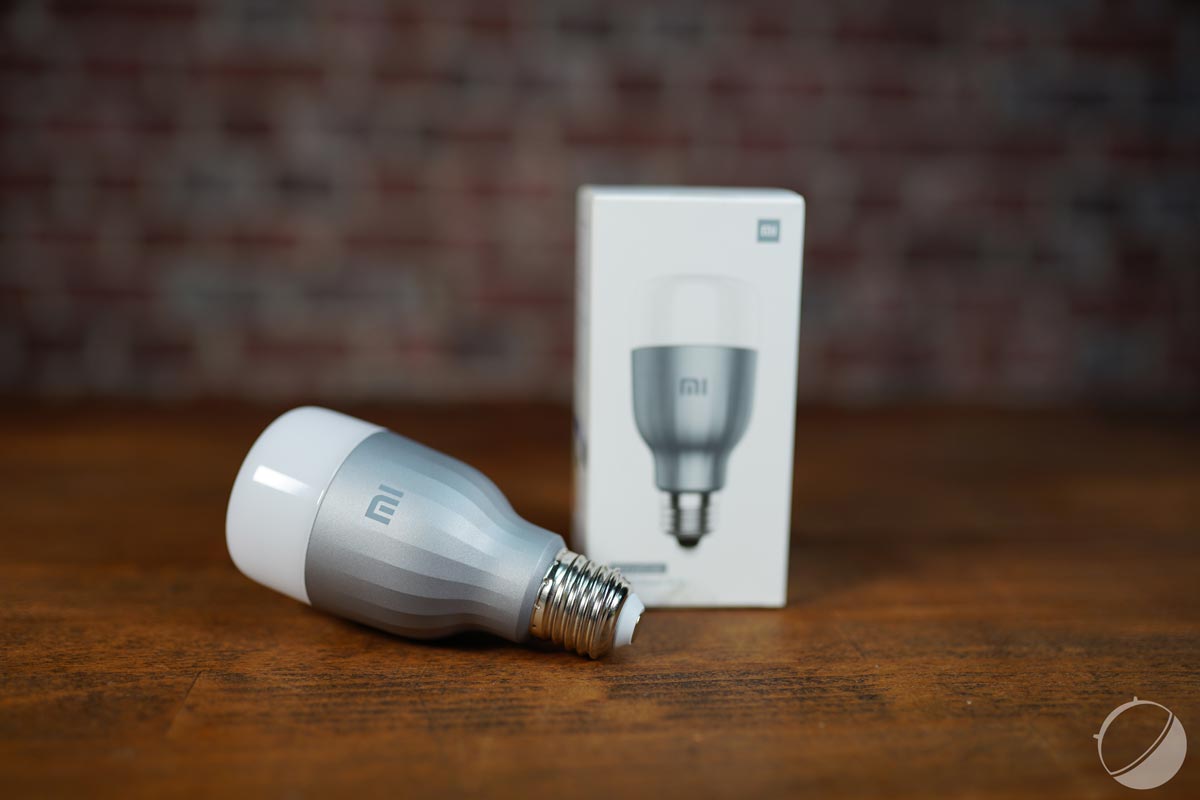
Ampoule LED Zigbee Ampoule Couleur E27 Ampoule Connectée 9W Ampoule Intelligente Zigbee Changement Dimmable RGB 12 choix de couleurs Edison Screw Smart Ampoule Pour la Maison,Décoration,Bar (RGB) : Amazon.fr: Luminaires et Éclairage

Ampoule connectée Xiaomi Mi LED Smart Bulb Essentiel Blanc et coloré 950lm - compatible Alexa et Google

Ampoule connectée Xiaomi Mi LED Smart Bulb Essentiel Blanc et coloré 950lm - compatible Alexa et Google

